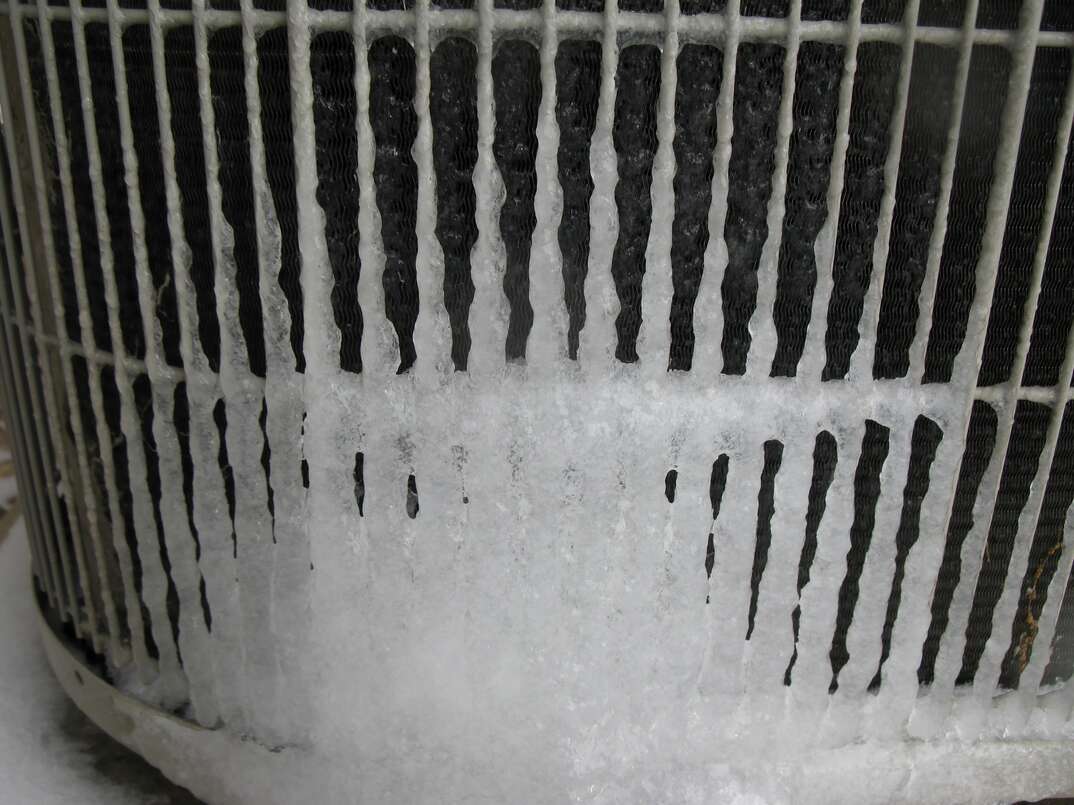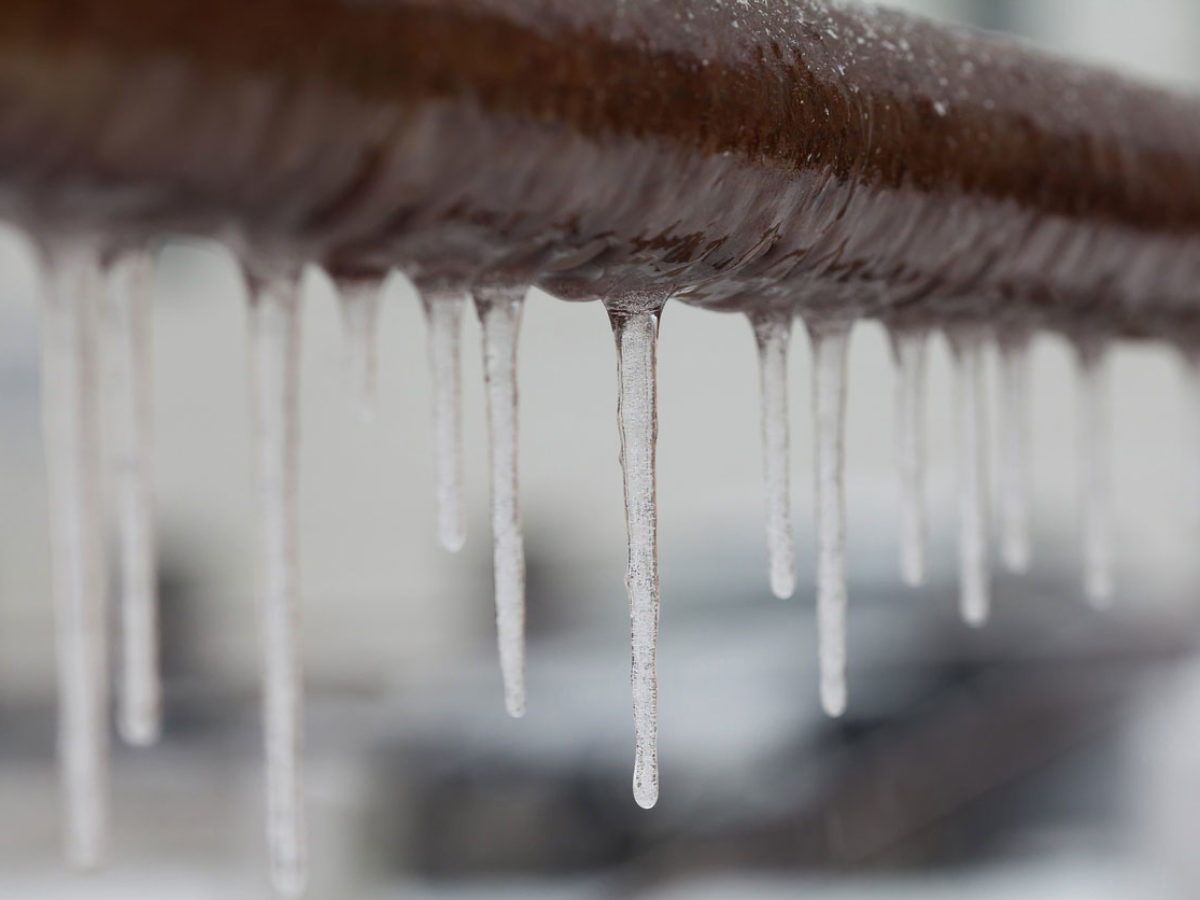Just about every person seems to have their own individual rationale in relation to How can I fix an air conditioner’s frozen pipe?.

Introduction
Finding that your a/c pipeline is iced up can be worrying, specifically throughout warm summertime when you count on your air conditioning unit the most. Understanding what to do in such a situation is crucial to stop more damages to your cooling system and ensure your convenience inside.
Comprehending the Causes
Several factors can add to the freezing of an air conditioning pipe. Recognizing these causes can help you deal with the problem efficiently.
Lack of Airflow
One typical source of a frozen air conditioner pipe is inadequate air flow. When the airflow over the evaporator coil is restricted, it can create the coil to drop below freezing temperature, leading to ice development on the pipeline.
Low Refrigerant Levels
Not enough cooling agent degrees in your air conditioner system can also result in an icy pipe. Reduced refrigerant degrees can trigger the stress in the system to drop, leading to the cold of moisture on the evaporator coil.
Winter Conditions
In cooler climates, freezing temperature levels outside can contribute to the cold of AC pipes. If your air conditioner unit is not appropriately insulated or if there are leaks in the ductwork, chilly air can penetrate the system, creating the pipe to freeze.
Dirty Air Filters
Filthy or clogged up air filters can limit airflow in your air conditioning system, causing different concerns, consisting of an icy pipeline. It's essential to change or cleanse your air filterings system routinely to guarantee correct airflow and stop ice build-up.
Signs of a Frozen Air Conditioning Pipe
Identifying the indicators of an icy air conditioning pipeline is important for punctual action.
Reduced Airflow
If you observe a significant decline in air movement from your vents, it might show an icy pipeline.
Ice Buildup on the Pipe
Noticeable ice accumulation on the refrigerant line or the evaporator coil is a clear sign of an icy a/c pipeline.
Unusual Sounds from the Unit
Unusual sounds, such as hissing or gurgling, originating from your a/c system can signal that there's ice existing on the pipeline.
Immediate Actions to Take
When faced with an icy a/c pipe, it's essential to act promptly to avoid further damages to your cooling system.
Switching off the air conditioning
The first step is to shut off your a/c to prevent the system from running and worsening the issue.
Checking for Blockages
Evaluate the area around the indoor device for any blockages that might be blocking airflow, such as furnishings or drapes.
Thawing the Pipe
You can make use of mild methods like positioning towels soaked in warm water around the icy pipe to aid thaw it slowly.
Safety nets
Taking preventive measures can help prevent future occurrences of an icy AC pipeline.
When DIY Methods Fail
If your attempts to thaw the pipeline or address various other problems are not successful, it's time to contact a specialist.
Significance of Hiring a Professional HVAC Technician
A qualified HVAC technician has the experience and tools needed to detect and repair issues with your a/c system securely and effectively.
Regular Maintenance Checks
Arrange routine upkeep checks with a professional HVAC specialist to make sure that your air conditioning system is running successfully.
Altering Air Filters
Consistently change or cleanse your air filters to avoid airflow restrictions and maintain ideal performance.
Shielding Exposed Pipes
If your a/c pipes are revealed to chilly temperature levels, take into consideration insulating them to prevent freezing throughout cold weather.
Looking For Professional Help
If DIY methods fail to fix the problem or if you're unclear concerning just how to continue, it's ideal to look for help from a certified HVAC service technician.
Verdict
Taking care of an icy a/c pipe can be an aggravating experience, but knowing just how to react can help minimize damages and bring back comfort to your home. By recognizing the reasons, recognizing the indicators, and taking timely action, you can properly deal with the concern and stop future occurrences.
What to Do If Your AC Line Is Frozen
Make Sure All Supply and Return Air Vents Are Open
If you notice problems with airflow, the first thing you should do is check your supply and return vents. Supply vents distribute clean, conditioned air throughout your home. As this air becomes stale, it’s pulled into the return vent, where it’s reconditioned before being sent back out through the supply vent.
When these vents are closed, air won’t flow in the home. Before examining your AC, check the vents in every room and ensure they’re all open.
Check for a Dirty Air Filter
Another possible cause of limited airflow is a dirty air filter. Your air conditioner’s filters catch elements you don’t want to breathe in, such as dirt and dust. Over time, filters can become clogged, ultimately blocking air from flowing in and out. The lack of airflow can then cause the entire coil to freeze and will completely restrict any air from moving through it. The AC may need to be powered off for one to two days to allow the coil to thaw after replacing the filter to allow proper functioning of the unit. This debris can also accumulate on your AC’s evaporator coil, requiring a more serious repair. In general, air filters should be cleaned regularly (about every two weeks).
Assess Your Outdoor Unit
In addition to checking your AC, assessing the outdoor unit is a good idea. Also known as the condensing unit, it works with your interior unit to release heat outside. An issue with the outdoor unit can result in rising internal temperatures.
Overgrown Shrubs or Clogged Leaves
From leaves and twigs to shrubs and debris, there’s no shortage of outdoor elements that can accumulate around your condensing unit. When these elements get lodged inside the unit, they can block airflow. Fortunately, removing the blockage can solve the problem.
Sounds of a Broken Fan
Shrubs and leaves aren’t the only things that can impede your outdoor unit’s airflow. If the fan is broken, the unit won’t be able to properly get rid of heat — which means the internal temperature won’t go down. First, make sure the fan is spinning. If it is, check for the following sounds of a broken fan:
- Buzzing
- Rattling
- Screeching
- Hissing
- Clicking
Preventative Measures
Nobody wants to deal with a frozen AC line. In addition to causing problems with your air conditioner, they require professional repairs. On the bright side, there are preventative measures you can take to help ensure this issue doesn’t arise in the first place.
https://www.coopergreenteam.com/blog/what-to-do-if-ac-line-frozen

I came across that piece of writing on What Causes AC Pipes To Freeze? while exploring the search engines. If you please take a moment to share this entry if you enjoyed reading it. Thanks a lot for taking the time to read it.
Call Today
Comments on “Advice on Unfreezing a Frozen AC Pipe - Reinstating Proper Operation”